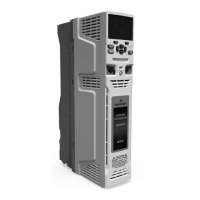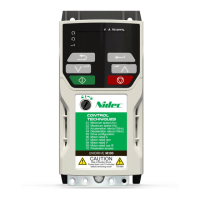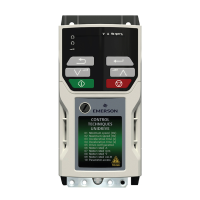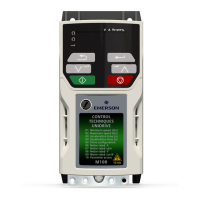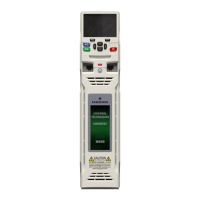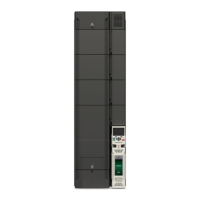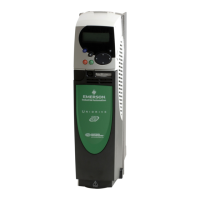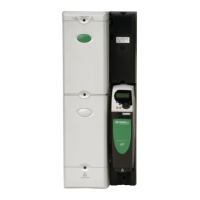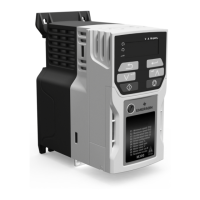18 SI-Ethernet User Guide
Issue: 1
5.7 DHCP considerations
5.7.1 Using fixed IP addressing
Using fixed IP addresses (manually configured) means that if a module fails, the IP
address can be restored to a replacement module without the need to reconfigure the
DHCP server. Using fixed addresses also prevents the DHCP server from changing the
address. When using fixed IP addresses, it is vital that the IP address is reserved on the
DHCP server to prevent duplicate addressing.
5.7.2 Using DHCP
If DHCP is used, it is recommended that the allocated IP address is bound to the MAC
address of the Ethernet interface, this strategy prevents the IP address changing on the
Ethernet interface. Any leased addresses should be leased permanently to prevent IP
address changes.
5.8 Basic principles of routing
Routing is required to get TCP/IP packets from one subnet to another. In an IP network,
nodes from one subnet cannot communicate directly with nodes on a different subnet.
To allow nodes to communicate, a router (or similar device) is required to allow the two
subnets to exchange data. This means that any node wishing to communicate with a
node that is not on its own subnet, must know the address of a router that is on its own
subnet. This is sometimes called a gateway or default gateway.
If using manual IP address configuration please note that the IP address subnet mask
and the default gateway must also be set manually. For more information on manual
configuration see section 7.2.6 Network on page 22.
If the SI-Ethernet module is configured to use DHCP and the module requires
exchanging, the new SI-Ethernet module will have a different MAC address and hence
the DHCP server will issue the new module with a different IP address.

